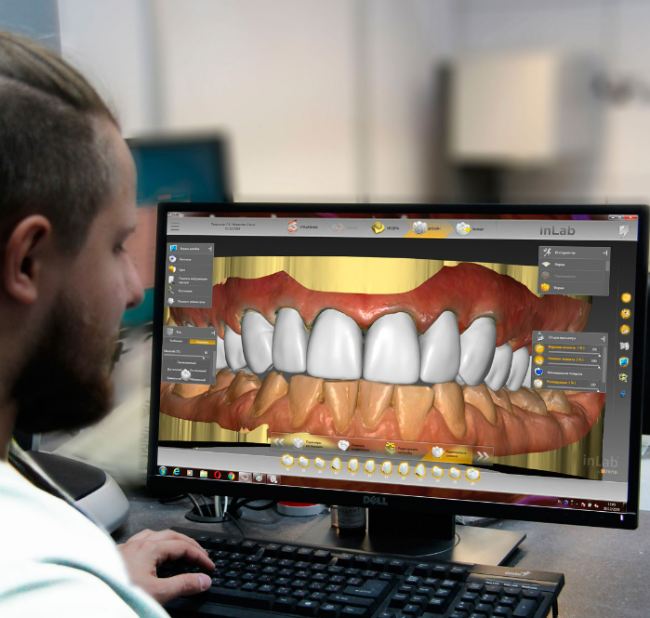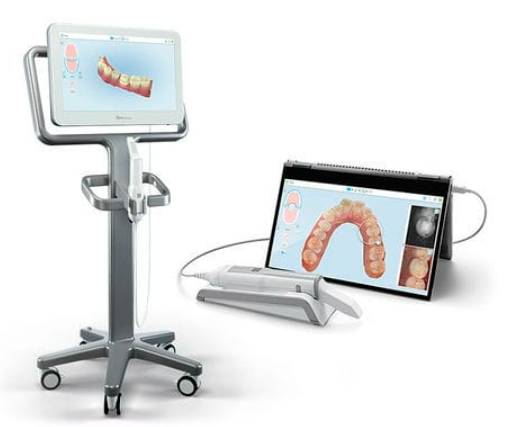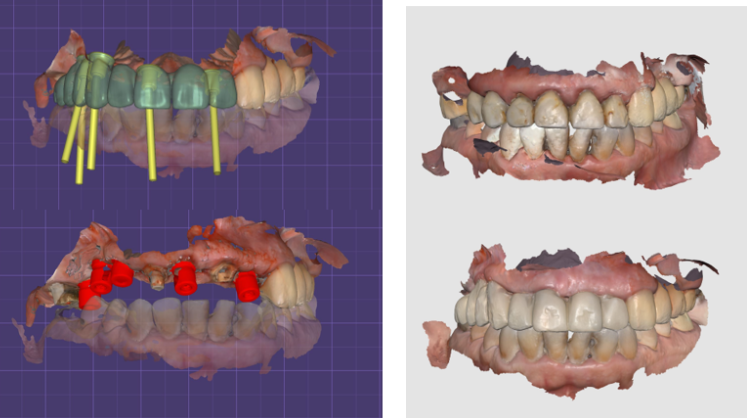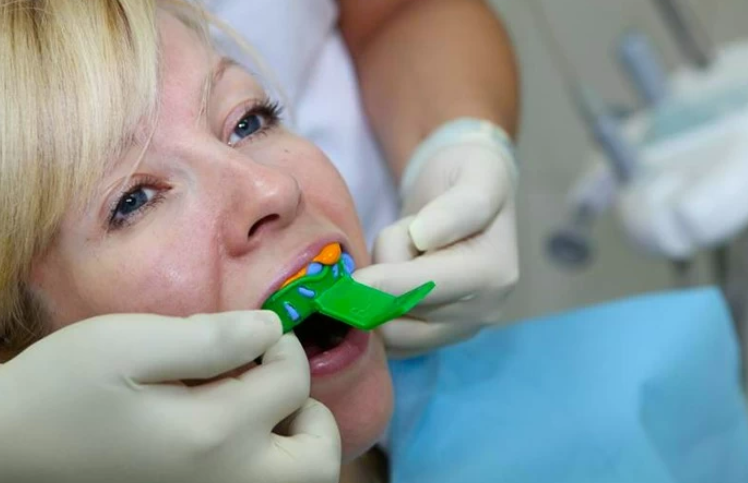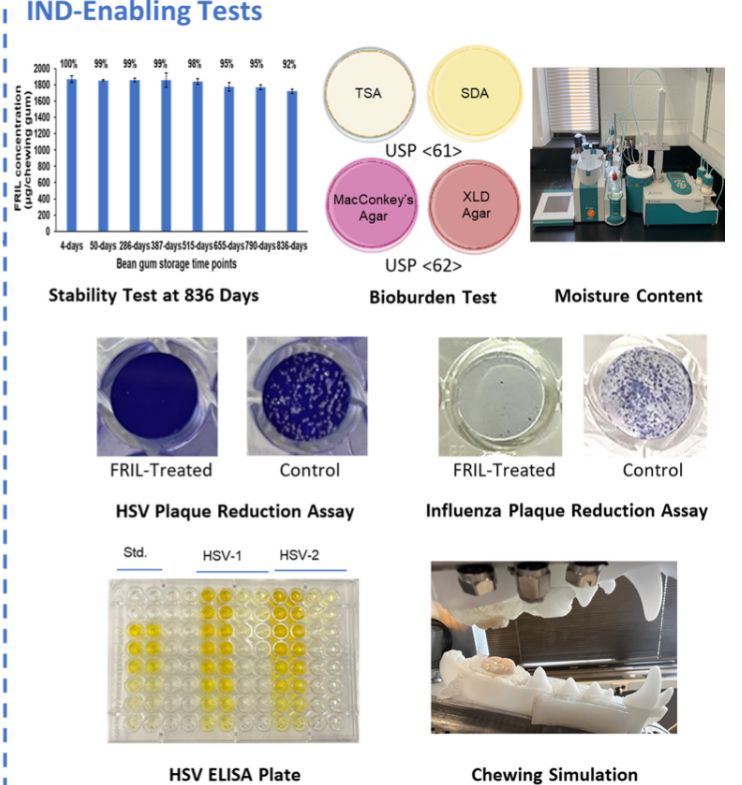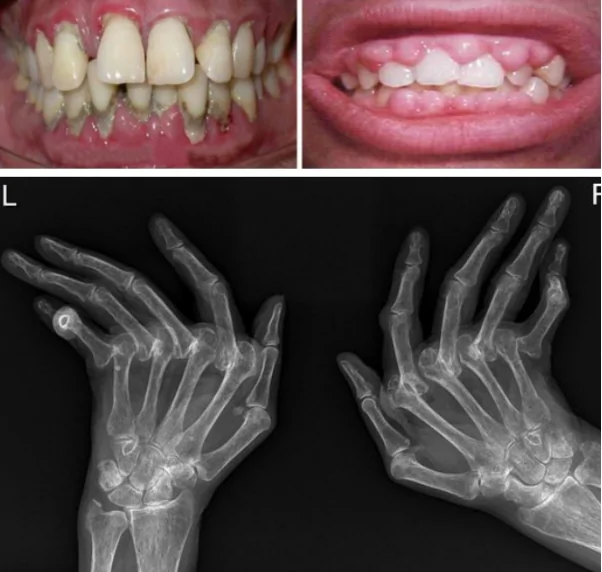Digital Impressions of Jaws: How Technology Transforms the Process of Prosthetics
Digital technologies have been widely utilized across various fields of medicine. In dentistry, the method of acquiring a patient’s jaw model has significantly sped up. Contemporary scanners and digital impression software have transformed the workflow from the initial examination to the fitting of dentures, offering solutions that are both more precise and user-friendly for patients and dental professionals.
New technologies in dentistry
Digital intraoral scanners, including the iTero Element, 3Shape TRIOS, and Medit i500, offer high precision and rapid digital impression capabilities.
These devices enable dentists to scan a patient’s oral cavity, producing three-dimensional representations of the teeth and soft tissues with minimal distortion. The advanced software associated with these scanners facilitates the design of prosthetics, crowns, and veneers, as well as the planning of surgical procedures.
Advantages of Digital Impression Technology
For patients:
- Comfort: Traditional impression methods using alginate or silicone can be uncomfortable and may trigger a gag reflex. Digital scanners obviate the need for these substances, enhancing patient comfort.
- Speed: Digital impressions are generated more quickly, reducing the duration of dental appointments.
- Accuracy: Three-dimensional scans offer superior precision, decreasing the probability of errors and ensuring a more accurate fit for dentures, leading to fewer follow-up visits.
For dentists:
- Efficiency: Digital impressions can be immediately transmitted to laboratories or utilized for model creation with 3D printers, expediting the prosthetic workflow.
- Storage and Accessibility: Digital records are easily stored and shared, providing access to patient data from any location.
- Error Reduction: The precision of digital scans diminishes the chances of errors that can occur with traditional impressions, such as distortions or misprints.
To be fair, it should be noted that some traditionalist dentists remain skeptical about the accuracy of intraoral scanners. This is due to two reasons:
- Limitations of the First Generations of Scanners: The first generations of scanners presented challenges in capturing precise impression
- Skill Requirement: Achieving a high-quality scan necessitates proficiency; initial attempts at digital impressions may result in blurred images. However, with brief training, the quality and accuracy of the digital files for prosthetics surpass those of conventional impressions.
Comparison with Traditional Methods
Traditional impression techniques, which involve various materials and molds, are still used by many dentists. However, these methods can be uncomfortable for patients and carry the risk of material deformation. In contrast, digital impressions address these issues by providing high precision and enhanced comfort.
As dental technologies evolve, they offer novel solutions that enhance treatment quality. Digital impressions are becoming a fundamental component of this evolution, improving patient experiences and dental practice efficiency. Indeed, the future of dentistry is digital.
Nevertheless, at the time of writing, certain clinical scenarios exist where intraoral scanning is not the most effective approach. These include:
Deep Subgingival Margins:
- When the margins of teeth requiring restoration are situated deep beneath the gumline, digital scanners may not capture sufficient detail. Traditional methods with retraction cords and impression materials are more effective in such cases.
Extensive Dentition Defects:
- For significant dentition defects or complete edentulism (total absence of teeth), digital impressions may struggle to replicate anatomical features accurately. Classical molds offer a more comprehensive representation.
Severe Gingival Bleeding:
- Gingival bleeding can compromise scan quality, preventing a clear image. Traditional impressions are preferable as bleeding can be managed with retraction cords and hemostatic agents.
Unstable Teeth and Tissues:
- In cases of loose teeth or unstable soft tissues, such as with periodontal disease, digital scanners may not produce accurate impressions. Traditional impression materials ensure more reliable retention.
Limited Access:
- Scanning may be challenging for patients with restricted oral access, like those with a small mouth or pronounced gag reflex. Traditional impressions provide greater adaptability in these scenarios.
Oral Metal Structures:
- Metal restorations like old crowns, bridges, or orthodontic appliances can cause reflections and distortions in digital scans. Traditional methods avoid these issues, ensuring precise impressions even in the presence of metal.
Importance of Education and Training in Digital Dentistry Technologies
The integration of digital technologies necessitates updates to dental education programs. Contemporary dental schools and continuing education courses are increasingly focusing on training in digital scanning and software usage. This equips new dental professionals to work with cutting-edge technologies and deliver superior services.
Environmental Impact
Digital impressions also offer environmental advantages. Traditional impression methods involve single-use materials like alginate or silicone, generating considerable waste. Conversely, digital technology reduces reliance on such materials, making the process eco-friendlier.
A look into the future
With ongoing technological progress, we can anticipate further developments in digital impression-taking and prosthetics. Innovations in artificial intelligence and machine learning are poised to enhance treatment precision and efficiency. Emerging imaging and diagnostic techniques promise to make procedures even more predictable and tailored to individual needs.
Digital impressions have already established their significance in contemporary dentistry, and their influence is set to increase. These technologies afford numerous benefits to patients, dental practitioners, and laboratories by making the prosthetic workflow more accurate, expedient, and comfortable. As technology rapidly evolves, digital impressions are becoming a staple of daily practice, paving the way for new possibilities in dental care.

